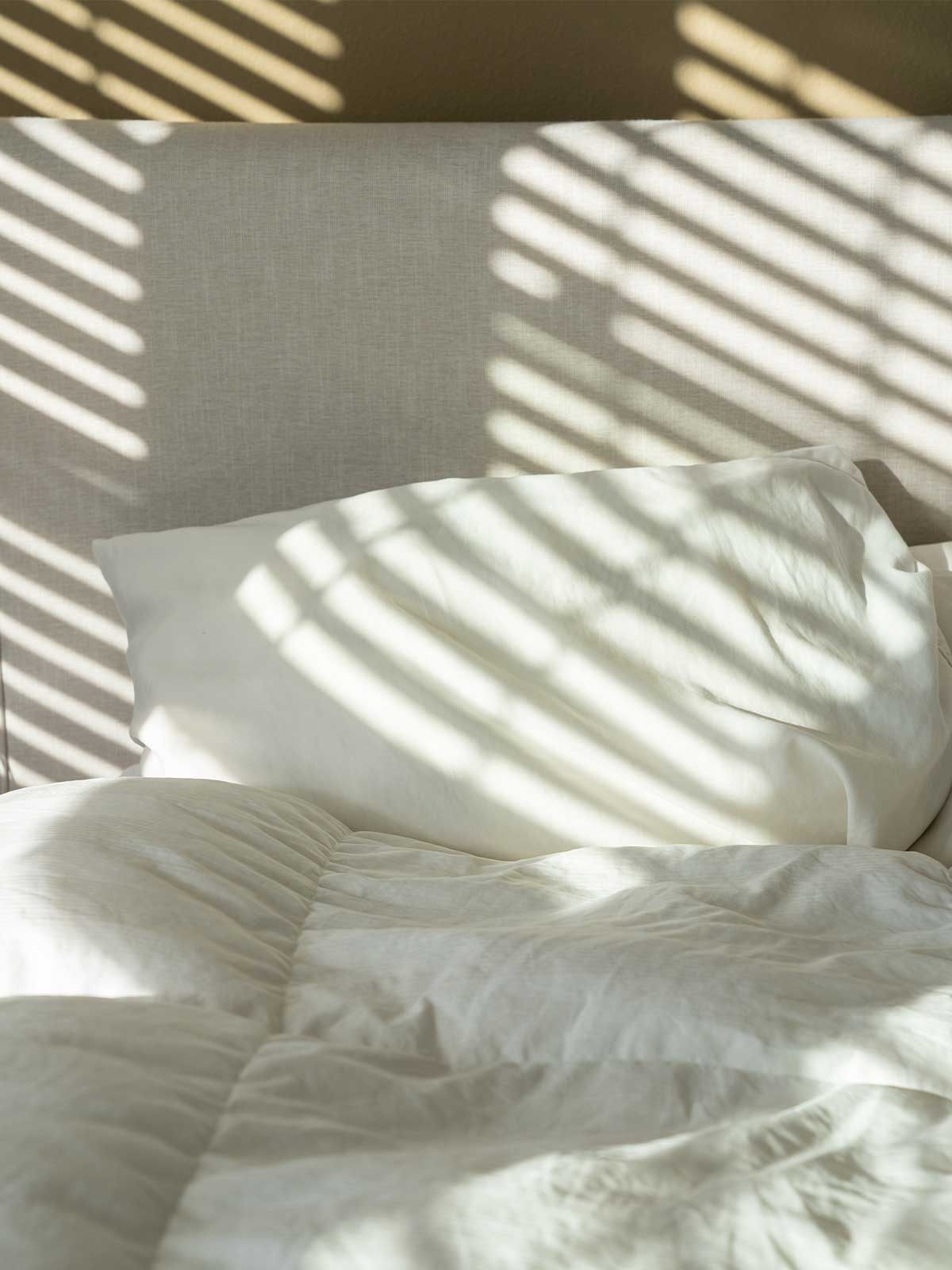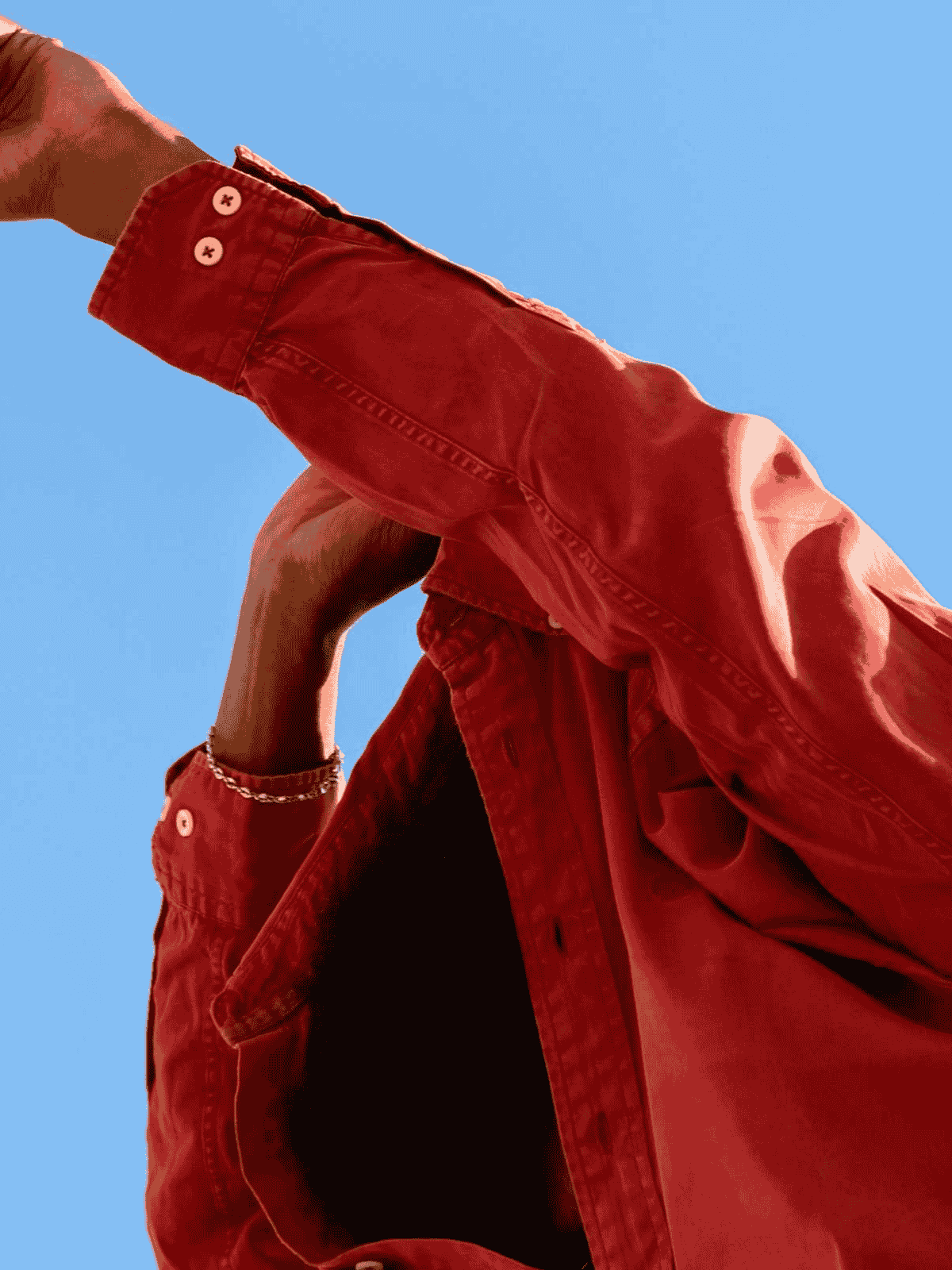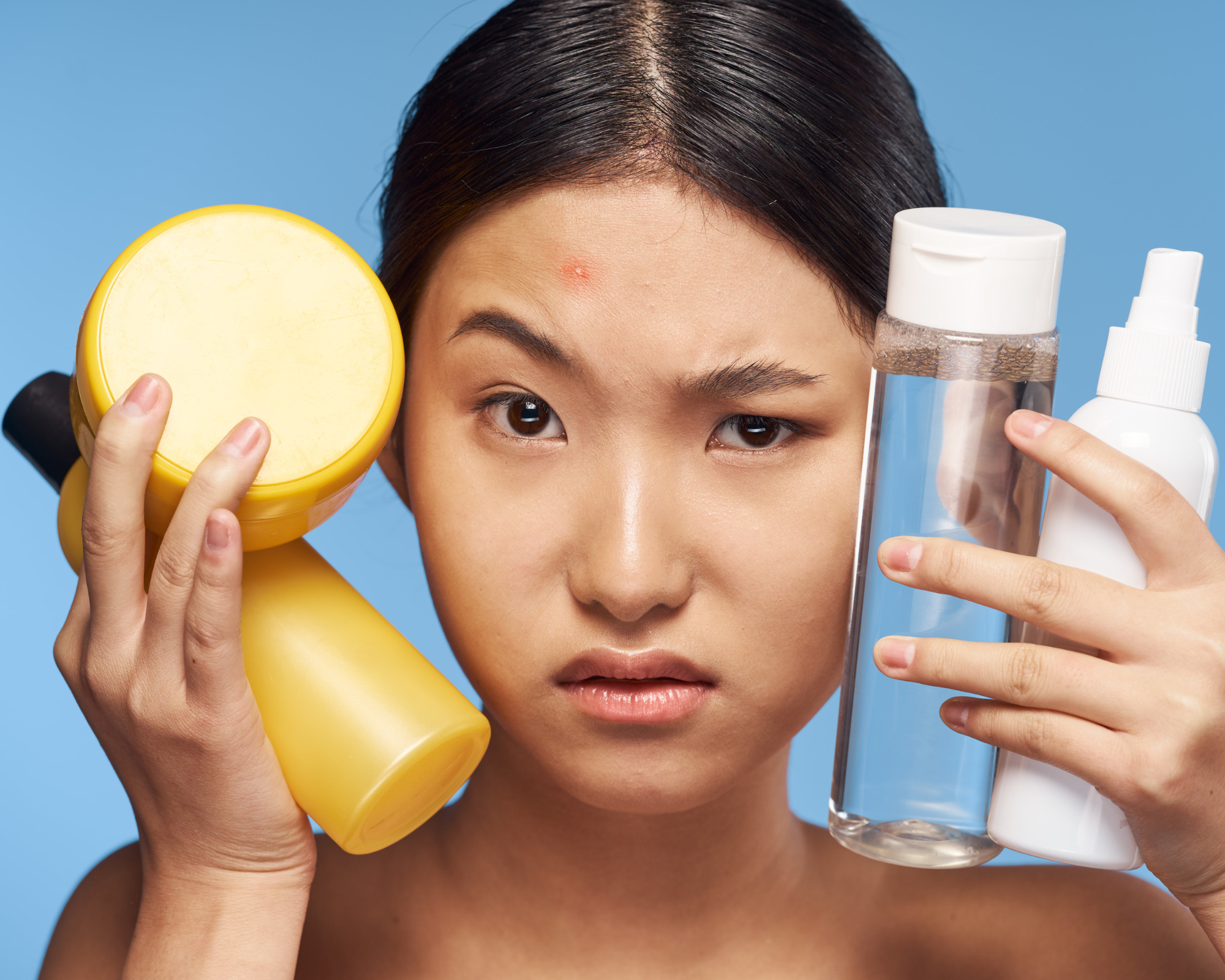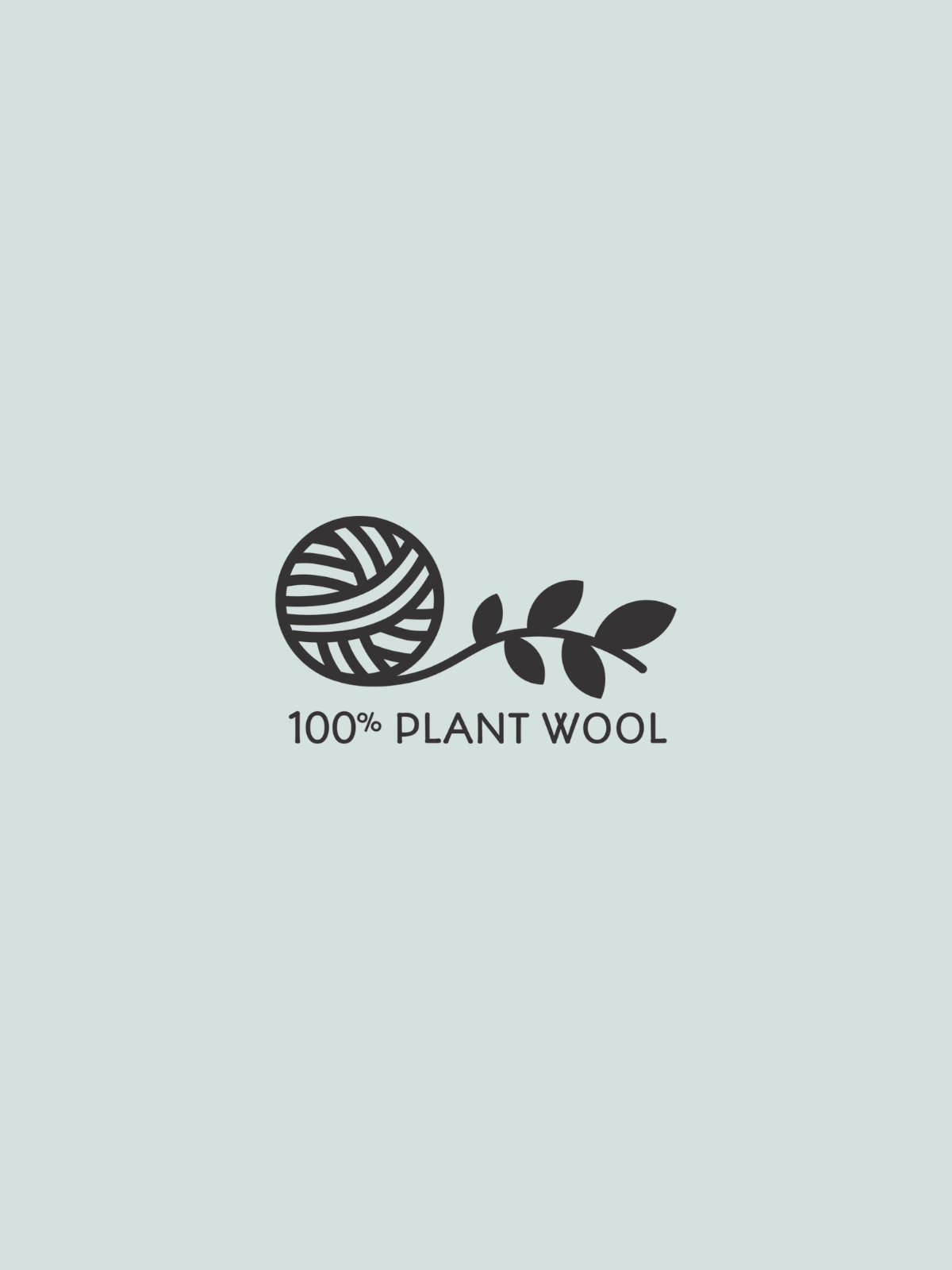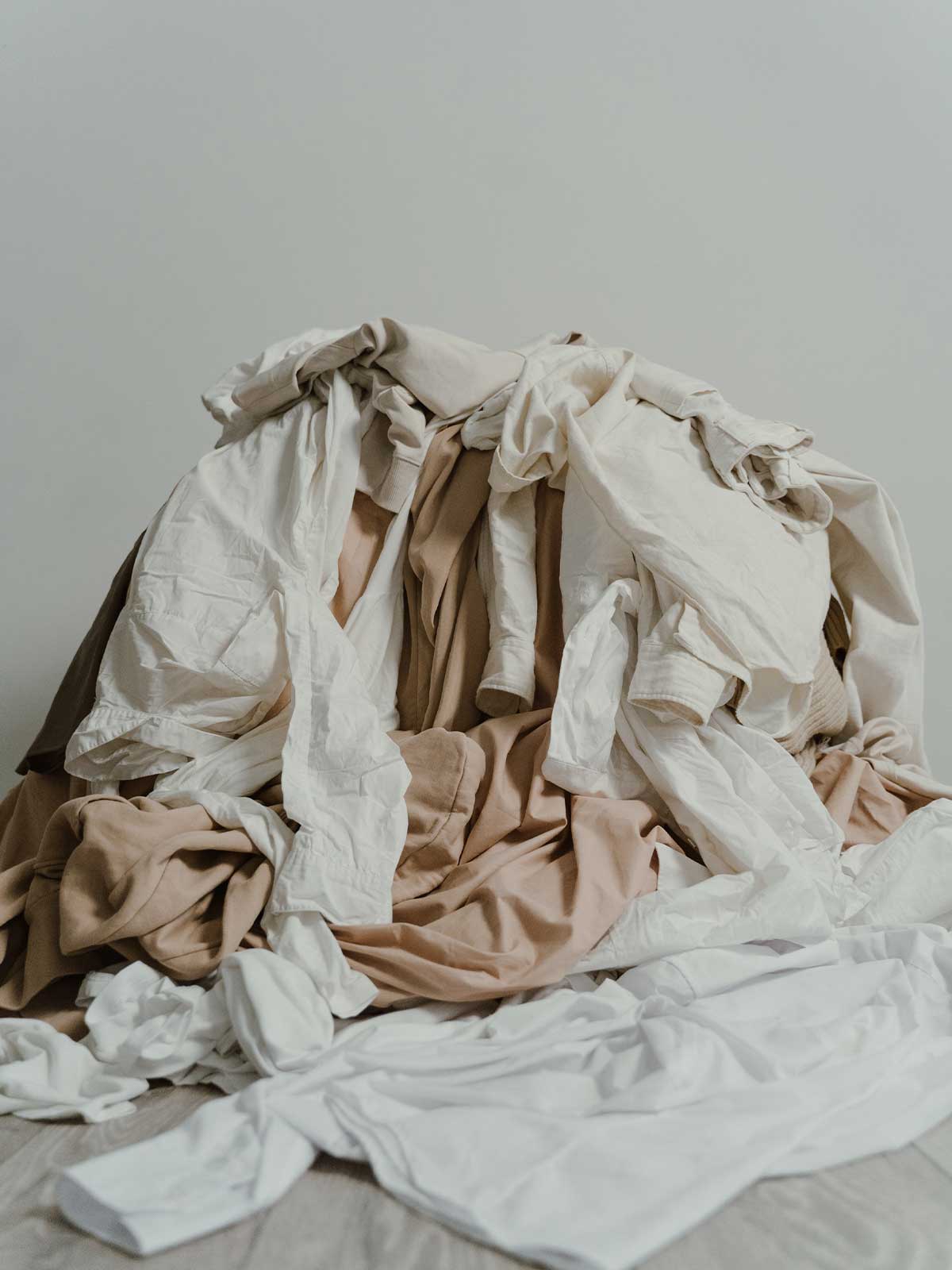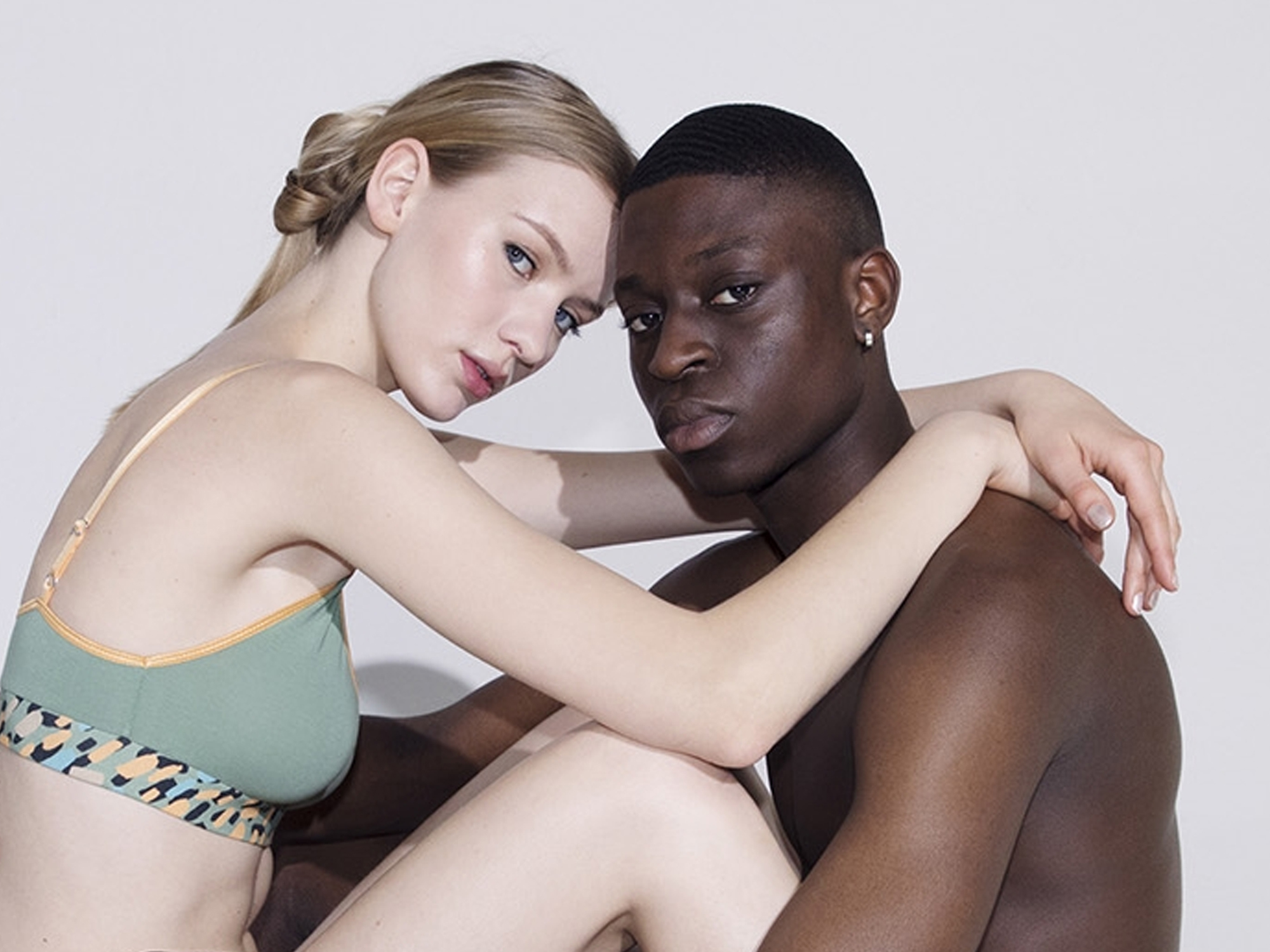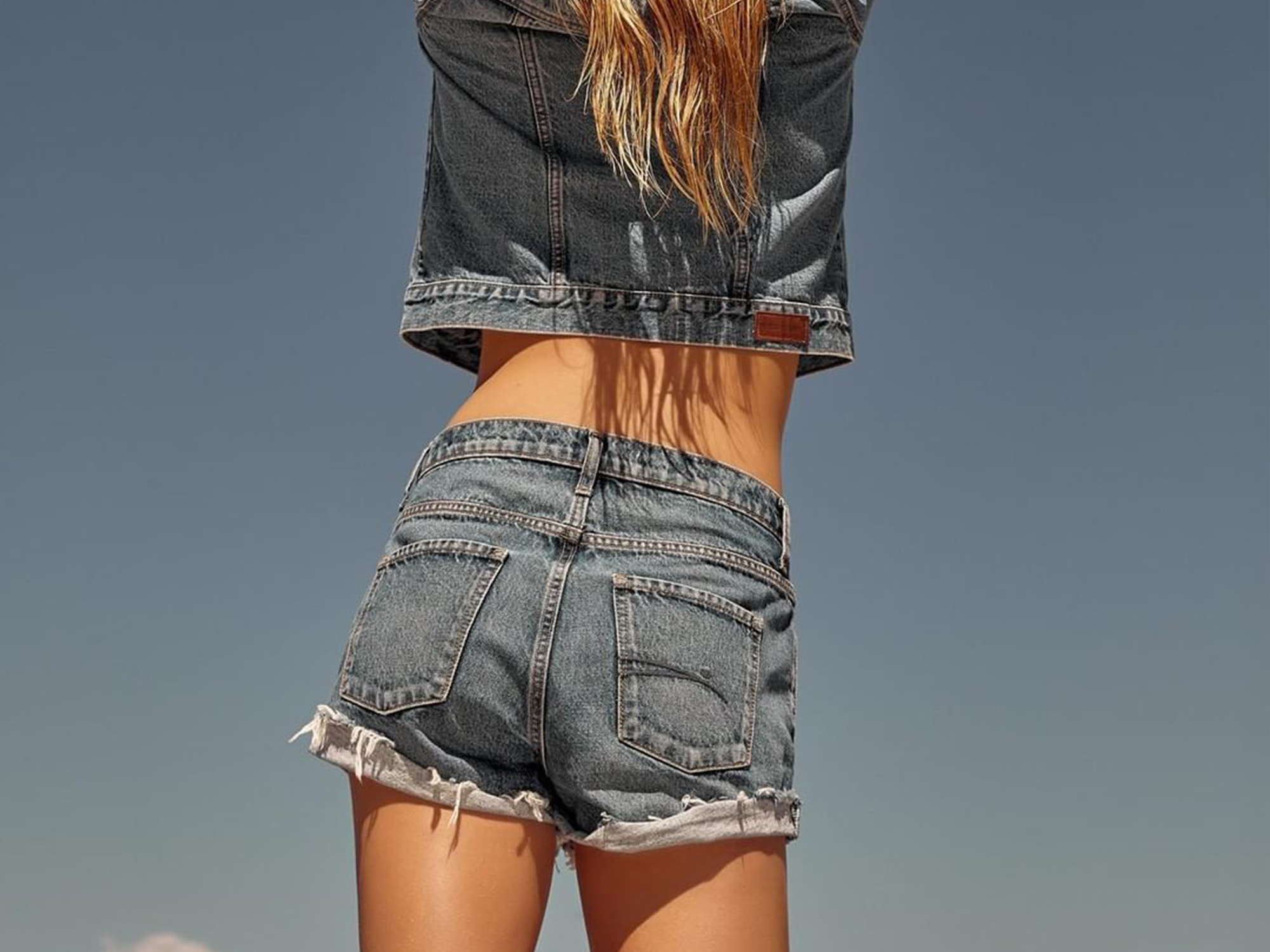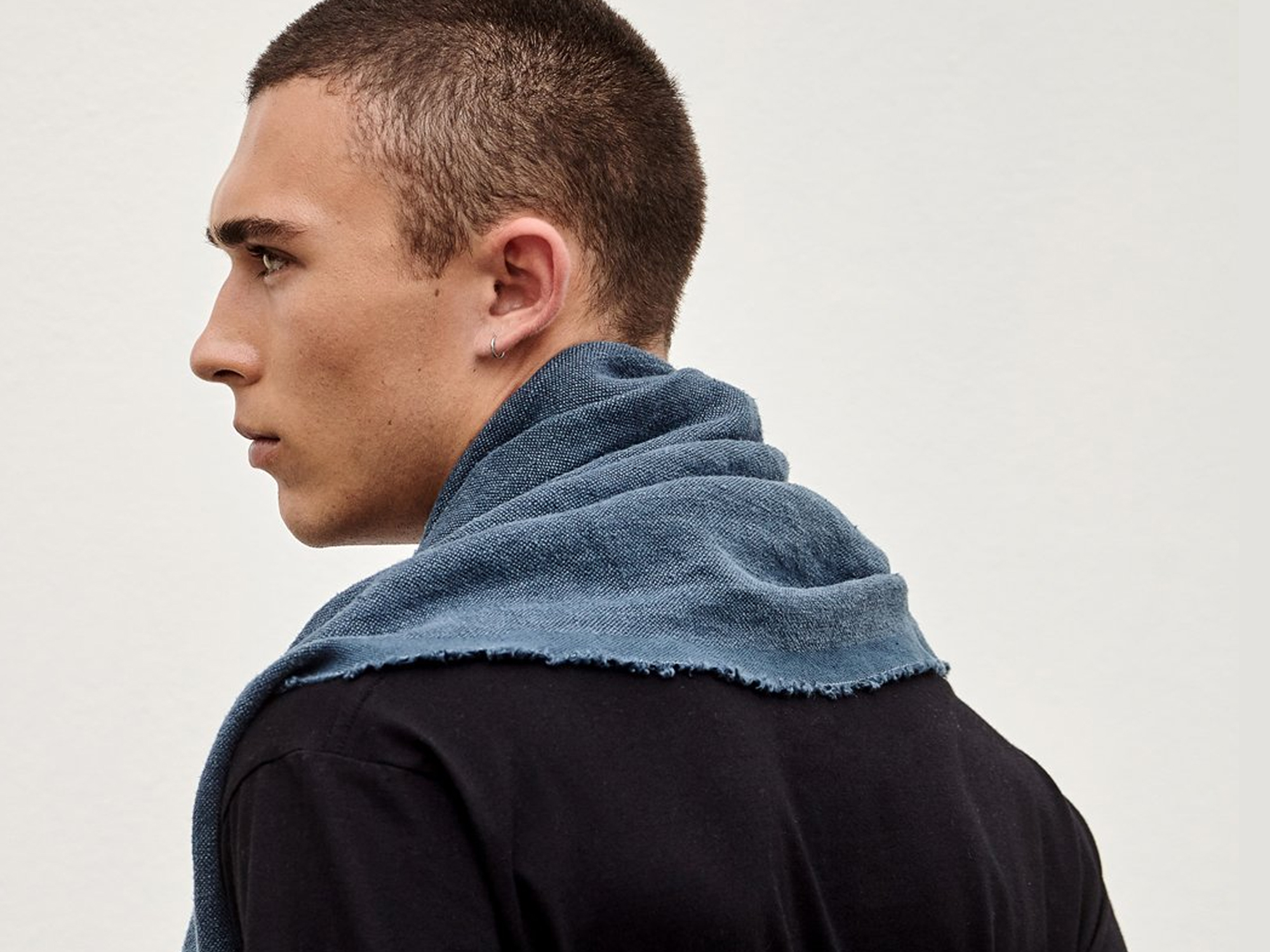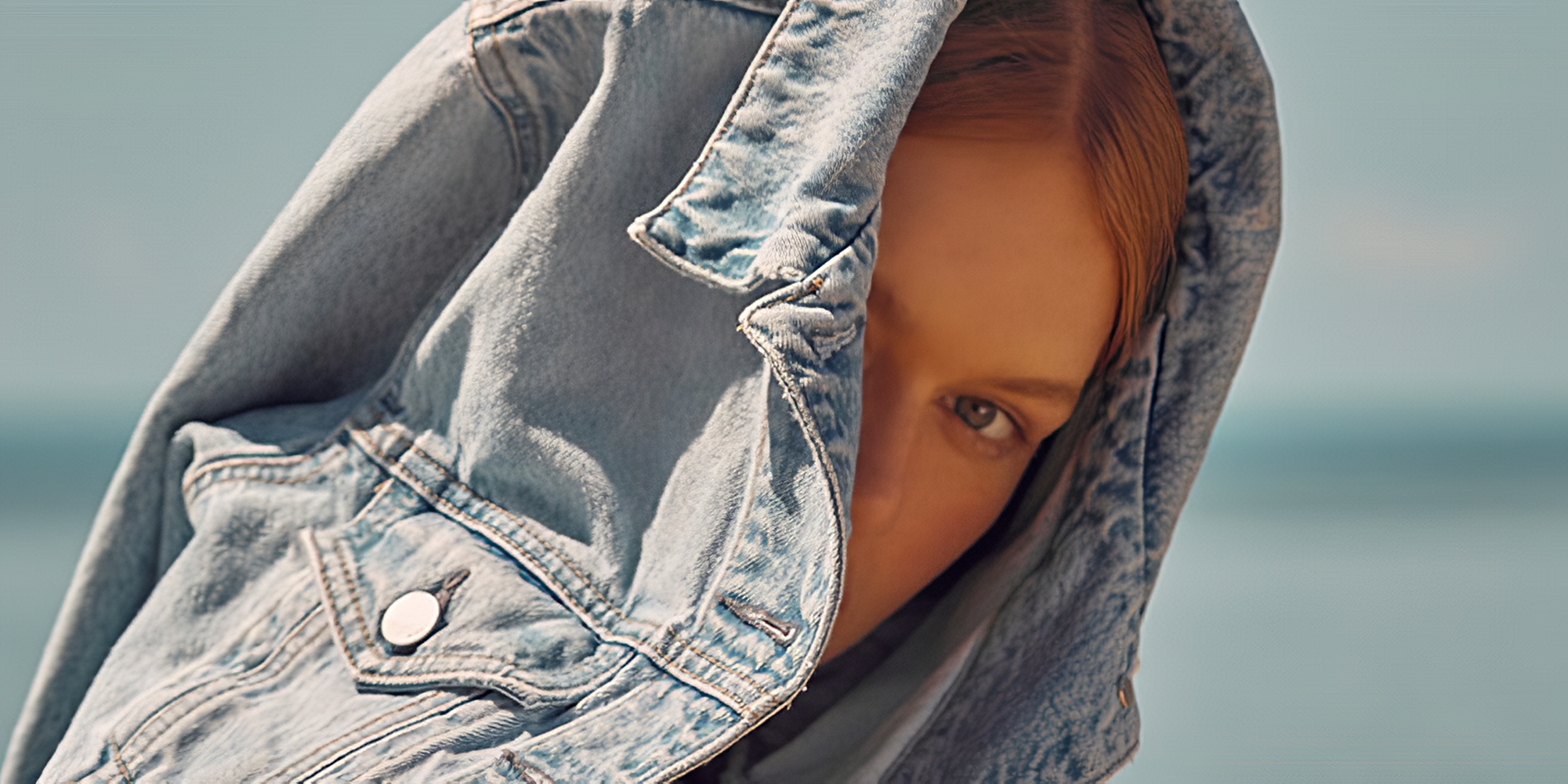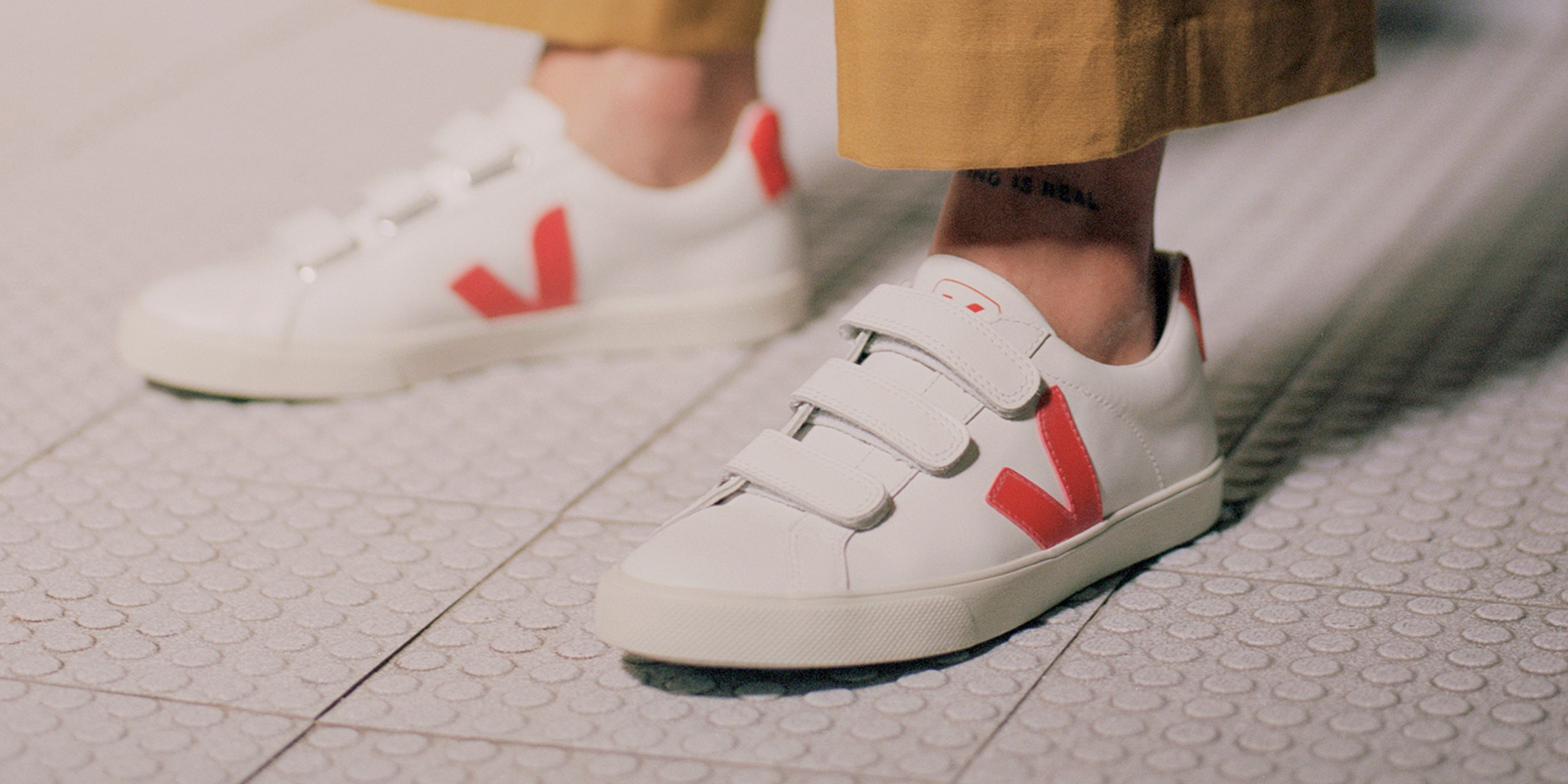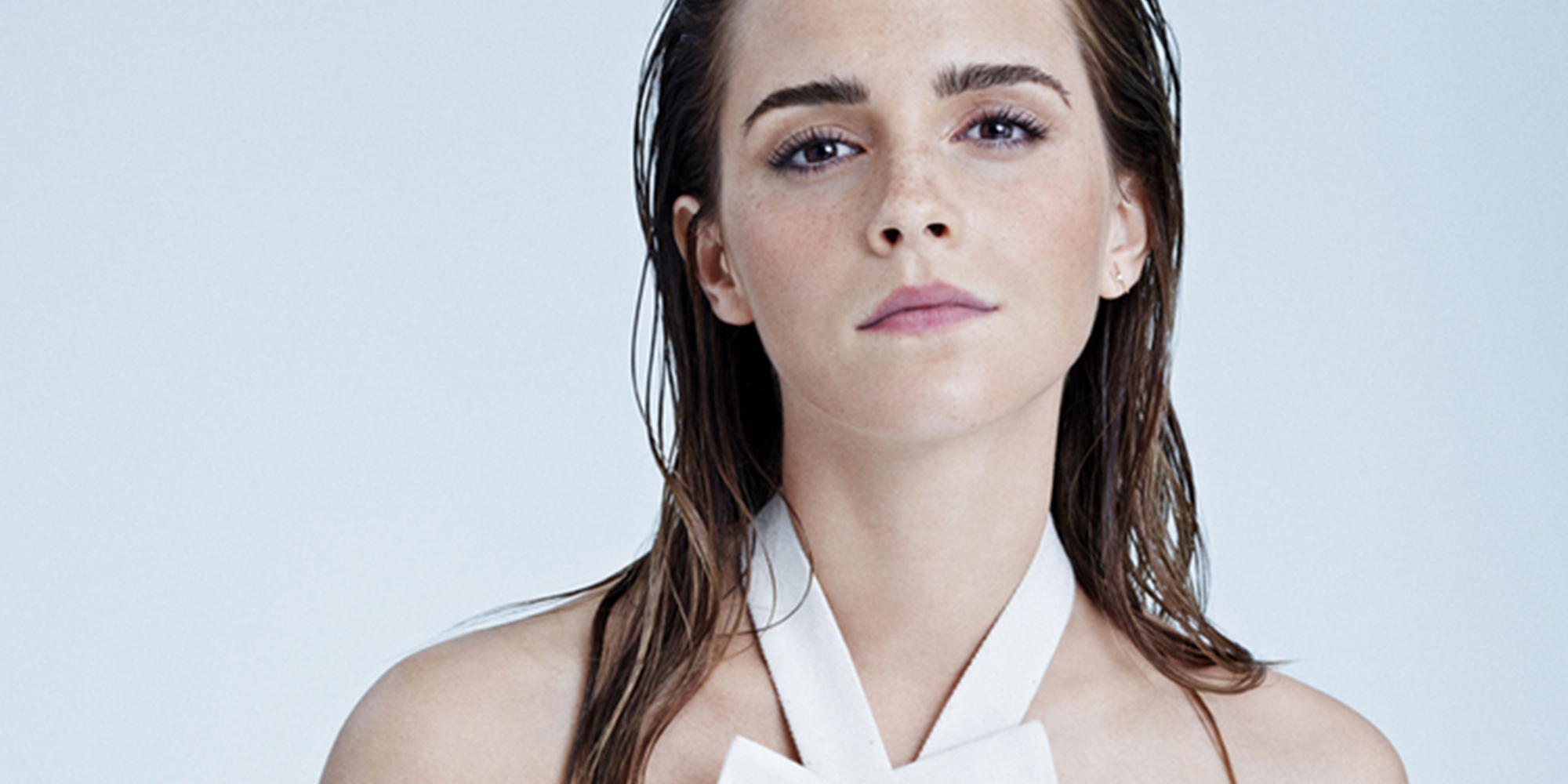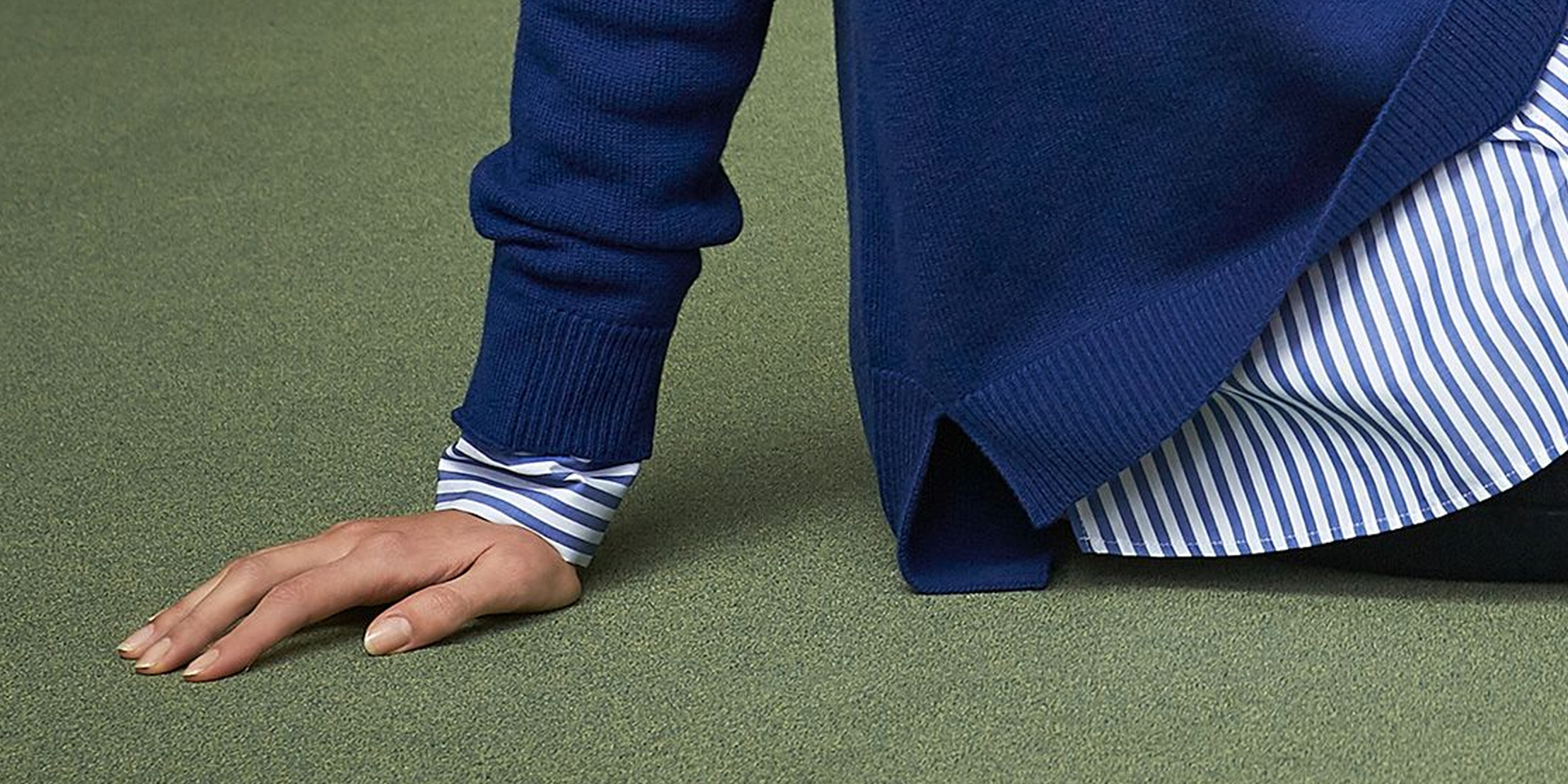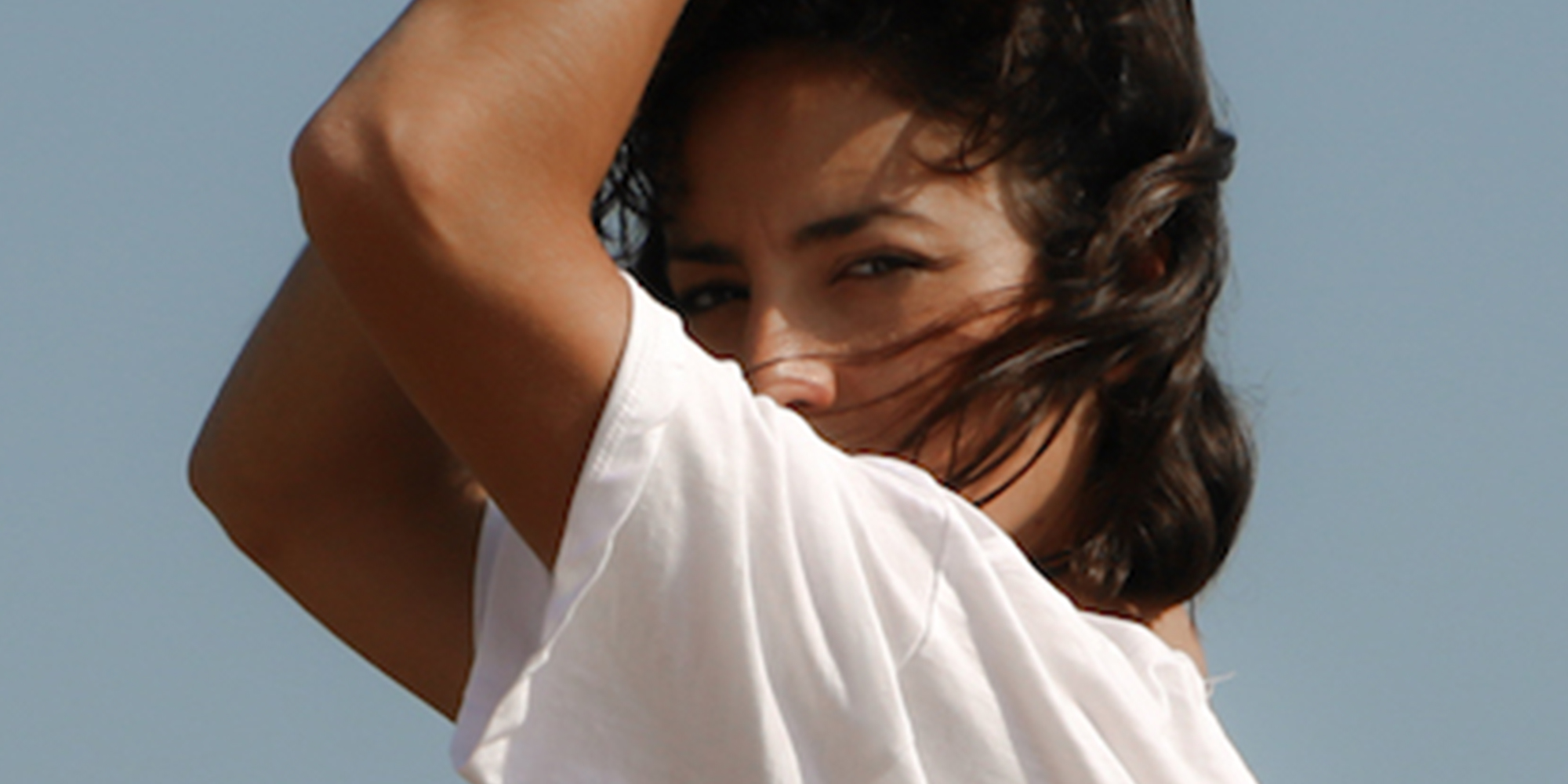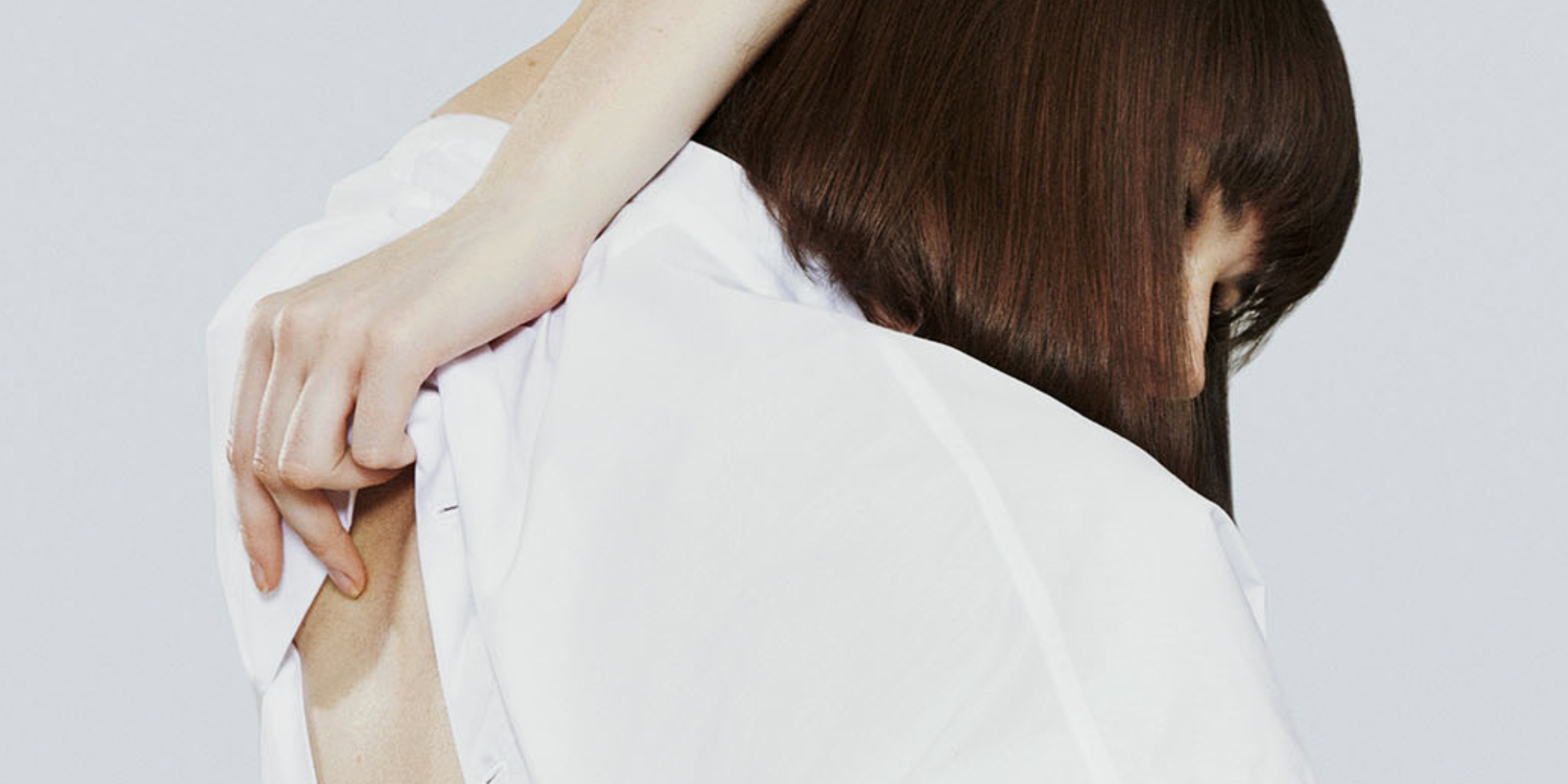At what point does skincare stop being “care” and become another form of overconsumption? Humans can trace beauty routines—such as makeup and fragrances—back to ancient times. But the explosion of trend-led products, multi-step routines, and celebrity brands promoted heavily by influencers on #BeautyTok is a uniquely 21st century problem.
300 steps to skincare nirvana? Think again
Can you really be a beautiful modern human unless your skincare routine has 300 or so steps? And can you really be a beautiful modern human on the internet unless you post talking-head videos showing every step of your routine to TikTok? The answer to both of these questions is, obviously, yes. But the dizzying pace of new products and #BeautyTok trends have left a lot of us feeling pressured to buy more products than any human face really needs.
Once upon a time, “cleanse, tone, and moisturise” was the mantra. Now, you might have the impression that your skincare routine isn’t complete unless you also have an exfoliating acid, an “essence”, a serum, a mask, a mist, and many more products. Even achieving a “natural” look can entail applying a primer, concealer, foundation, contour, bronzer, highlighter, and a cheek tint to name just a few. And don’t forget to do red light therapy, jade rolling, or ice globing beforehand.
Makeup is art. Dermatology is science. But many of the new beauty products now pushed on consumers have precious little to do with either.
Let’s be clear: Makeup is an incredible artform. Dermatology is a real medical science. But many of the new beauty products now pushed on consumers have precious little to do with either. Instead, it’s primarily about profit margins for the industry.
And it should go without saying that skincare and playing with makeup isn’t inherently negative or consumerist. Beauty can be a vehicle for care, creativity, identity, gender affirmation, and cultural expression. Equally, different skin conditions may necessitate the use of a wider roster of products. But when you zoom out, it’s clear the wider system driving consumers’ purchasing decisions is predicated not on care but on overconsumption.
To maintain what’s been described as the beauty market’s “incessant” growth—an average of 4.6% annually since 2000—the industry has a vested interest in persuading us to pursue increasingly bloated routines. Worse, most of these products are largely water-based and only marginally different—if at all—from the next.
The multi-product revolution has no ceiling
Have you ever paused, perhaps at the sixth step of your 12-step routine, stared at your face in the mirror and wondered how we got here?
“One of the key drivers was K-beauty [short for Korean beauty],” explains Theresa Yee, trend forecaster and former senior beauty editor at WGSN. “This trend, which involves a 10 or 12 multi-step skincare routine using a number of different products, has had a huge influence in shifting people’s beauty buying behaviours and creating lengthier skincare routines.”
K-beauty’s powerful influence is oft-cited and cannot be overlooked, but it’s not alone in serving to bloat beauty routines, Yee notes. Trends such as contouring, face rolling, skin flooding, and the rise of high-tech beauty appliances have all stretched routines to the extreme (even when some dermatologists question the efficacy of some of these products). Even before the K-beauty craze thoroughly took hold at the tail end of the 2010s, the average UK beauty routine had ballooned from eight steps in 2006 to 27 in 2016.
Even though there’s no consensus among dermatologists that eye creams actually do much for most people, some brands want to sell you separate morning and nighttime creams just for under your eyes.
Compounding this cultural shift is the rise of single-ingredient products, with skincare aficionados layering three or more serums together at once, Yee says, and building different routines for day and night—requiring yet more products. For instance, even though there’s no consensus among dermatologists that eye creams actually do much for most people, some brands want to sell you separate morning and nighttime creams just for under your eyes.
Finding new ways to expand the product real estate in your vanity is central to scaling a big beauty business. In a special report on the global beauty industry, consulting company McKinsey stated “profitable and sustained growth over the coming years will hinge on turbocharged innovation”. Single hero products will no longer do, it claims, now it’s all about “rapid product lifecycles”—ie yes, more steps.
The industry doesn’t stop at your face, either. The same report highlights opportunities to increase the number of steps in haircare routines (think hair masks and scalp treatments) and leverage sleep-related products (such as pillow mists and eye masks). Every aspect of personal care—and the functions of everyday life—is an opportunity for brands to profit through the invention of new “essential” products and routines.
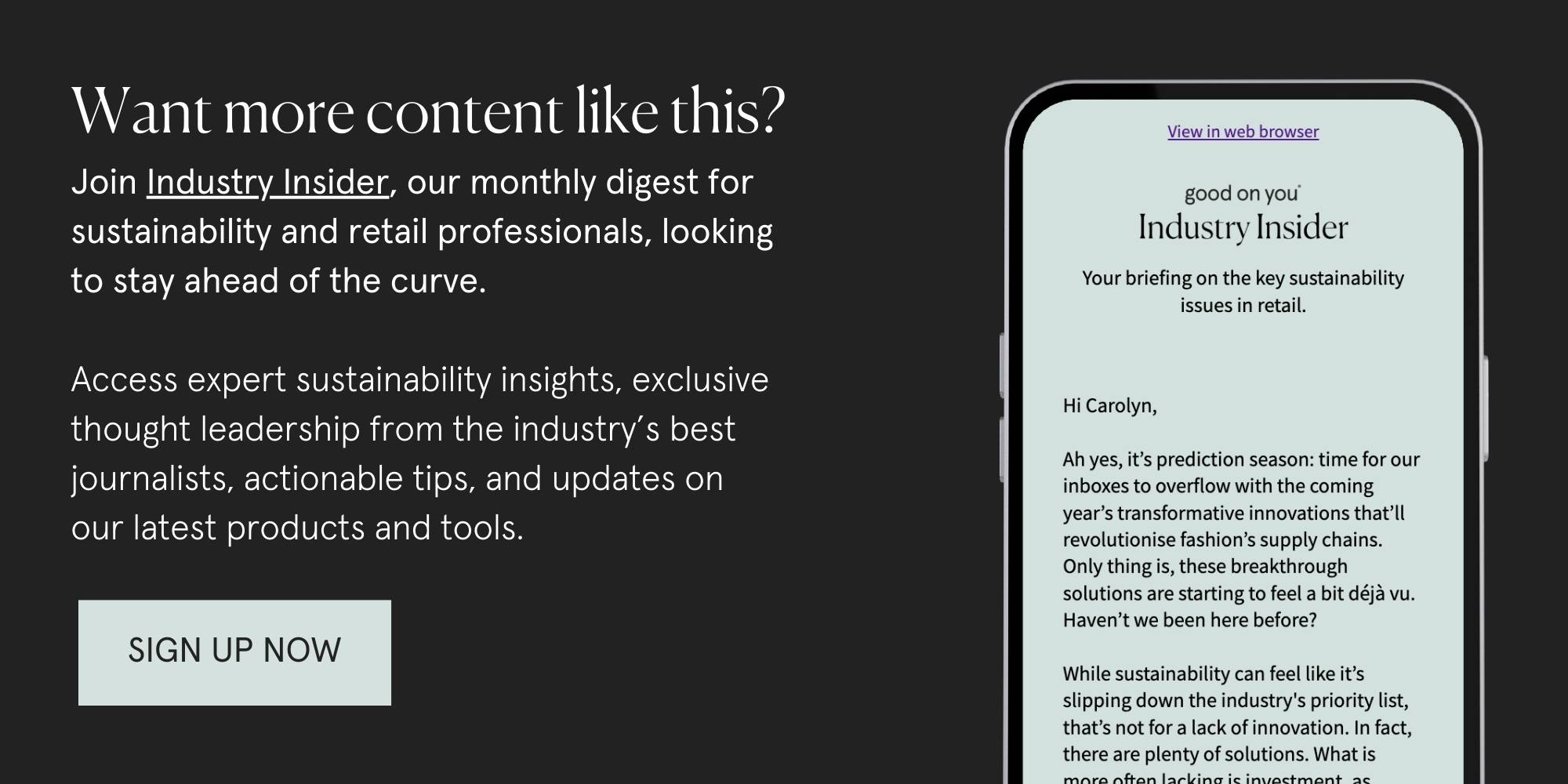
What it takes to have a face on #BeautyTok
Sprawling multistep routines are ideal fodder for social media influencers. They’re sufficiently attainable for a mass market audience, and provide ample opportunity for sponsored content, gifted products, and affiliate links. However, using the same products in the same order each day isn’t a particularly compelling offering for retaining the attention of followers, so a new product, a new routine, a new look is always necessary.
Fashion researcher and former beauty journalist Mariana Silva experienced the power of the content machine first-hand when collating the beauty pages for a major fashion magazine. “We would have one issue per month and in the meantime, four or five trends would go by. What we started on at the beginning of the month would already be outdated when we published the magazine,” she says.
From Pearl Skin, Frosted Lips, and Skin Flooding to Glitter Freckles, trends would rapidly emerge (often from TikTok) and Silva was tasked with finding products to recommend to readers so they could recreate the look. By the next issue, Cloud Skin or Sugar Plum Fairy would be in and the cycle would start again. “We were always behind the trends, because the online world was pushing, pushing everything so fast. One month was not enough for the lifetime of the trend,” Silva says.
Makeup and skincare storage have content categories of their own, peppered with shopping recommendations — even for minifridges.
At the time of writing, there are 11.5 million posts under #TikTokMadeMeBuyIt on the platform. TikTok itself claims 67% of users say TikTok inspires them to shop even when they’re not planning to. Retailers such as Cult Beauty have responded with dedicated TikTok Trending shopping pages.
Content drives consumption which then drives more content. Makeup and skincare storage have content categories of their own, peppered with shopping recommendations for trunks, organisers, and minifridges. In extreme cases, some dedicate a whole room to their beauty products.
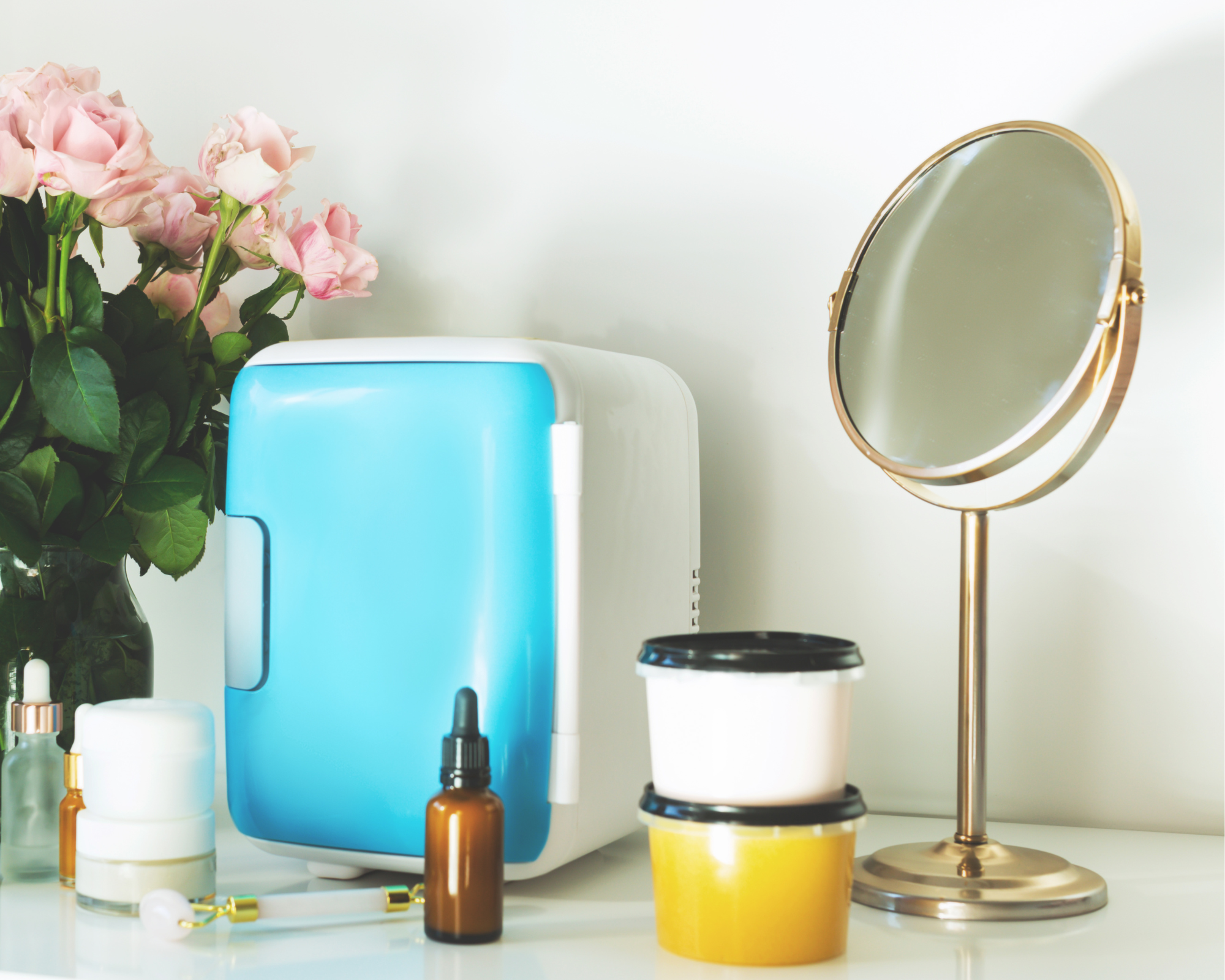
But does anyone really need a skincare-dedicated minifridge?
Say you have a trunk, a fridge, or even a room full of products. The likelihood of you using up every scrap of every product before it expires—which can take as little as three months depending on the product—significantly reduces. 6.2% of what’s manufactured per year is lost before sale due to overproduction, while research by The Body Shop estimates there’s more than £1 billion worth of wasted product sitting in UK homes alone. One industry insider puts total wastage at between 20 and 40%.
Add in the conservative estimate (from 2018) of 120 billion units of packaging being produced annually, of which 95% is thrown away, and the astronomical scale of the waste problem that hides behind the glossy videos and promises of a perfect appearance becomes clear.
How bad is beauty’s waste crisis? It’s really hard to know for certain, but these estimates highlight how much of what we buy is never used, with all that plastic packaging destined to spend maybe centuries in landfills.
The pushback: less might really be more
Though some revel in the excess, such volumes of waste have prompted pushback. Brands such as Krave Beauty and Vintner’s Daughter have responded with tightly edited product ranges, while the likes of Bonjout Beauty and Sepia have just one product on offer.
There’s a shift happening in social media too, as influencers have begun to discuss de-influencing and underconsumption. Confessions of regret for buying viral products, spotlighting products that aren’t worth the money, and videos of scratched, worn and used-up products have flooded Instagram and TikTok.
It’s an echo of the backlash against so-called “clean beauty” which ostensibly promised to be better for users by being natural, organic, and simple, yet after a meteoric rise, was subject to accusations of greenwashing and misinformation. Ultimately it was yet another savvy marketing tactic which encouraged the purchase of more new products.
Though an encouraging narrative shift, many de-influencing videos closely echo those that promoted overconsumption in the first place. Creators post “de-influencing rants” while applying multiple products, or encourage viewers not to buy on one post while making product recommendations on the next ten.
Despite the mixed messaging, some consumers are taking the leap and leaving complex routines behind. “I’d always loved a product, ever since my teens, and used to be a sucker for big claims and slick packaging. I fully bought into the idea of multi-step skincare routines and game-changing new ingredients,” says author Lauren Bravo. However, after a stint as a beauty reviewer required her to cycle through new products every few weeks, she was breaking out.
As a magazine product reviewer, Silva's skin was struggling to recover from having to review new products every issue.
“I’d always had a sneaking suspicion that my skin would prefer a much simpler routine, so eventually I just stopped replacing my serums and acids when they ran out, until I got to the point where I was only using a cleansing balm, moisturiser and a mineral SPF under my make-up every day. Lo and behold, my skin cleared up and settled down. Not to mention saving a lot of time and money,” she says.
Silva had a similar experience. Her skin was struggling from having to review new products for every issue, and she was overwhelmed with the sheer volume she was receiving. So, when she gave up her role in early 2024, she leant on the advice of the dermatologists she’d interviewed during her tenure and stripped everything back to a cleanser, a moisturiser, and an SPF. Ironically, Silva says this advice would often be published just one page over from a feature recommending countless new products to try.
An anecdotal sweep of my own peers returns dozens of stories of giving up complicated routines and getting back to basics and indeed, I did the same. Feeling like I was the only one not doing it, I briefly ramped up my once-simple routine and ended up with raw, flaky skin that took time to heal.
Beauty is highly personal and what works for one person may not translate to another skin type. However, the specificity of the products isn’t the crux of the issue. Rather, it’s understanding the pressures applied to consumers to normalise the acquisition of an endless stream of “essential” products. “It’s about pushing us emotionally to acquire the new solution that will solve all of our problems, that will make us finally feel the person that we want to be, finally make us feel better,” says Silva. “And we know it’s not true.”


